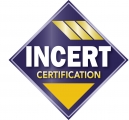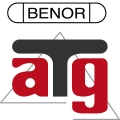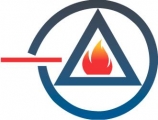
Integrating drones into fire prevention and protection, and into the general safety of the company?
Drones, risk analysis solution, data access platform: a winning triptych for risk prevention and management?
This was the objective of a meeting organised on Tuesday 29 March at the ID2move drone test centre in Nivelles, initiated by Tractebel.
It was an opportunity for three partners to show the complementarity of their solutions in this sector of activity of prevention, protection and intervention, particularly in the event of fire.
Firstly, the ENGIE Group company SIRADEL presented its Asphales solution and its risk analysis engine. Based on the creation of scenarios and therefore trees of causes or consequences, this complete software allows the management of prevention and protection measures in the form of configurable indicators and decision support with the management of action plans, when these scenarios are activated.
Among these measures that can be activated, either manually or automatically: the release of wire-guided stationary drones or the sending of piloted drones. Equipped with the necessary equipment (cameras), these can provide valuable assistance in carrying out remote observations or removing doubts in the event of an alarm.
Cybrid Thrust, a company with experience in the field of drones equipped with intelligent sensors, has carried out several demonstrations of their use in very short timeframes, for reconnaissance missions, overall site surveillance or building inspection using thermal cameras, for example.
After collecting all the data and information generated, it is then essential to make it available and share it. This is the objective of Rescapp, an interactive application on a tablet, developed to facilitate the intervention phases: on the basis of pre-collected information (maps and plans, risk inventory, intervention file, available resources, etc.) and real-time information provided by the risk analysis engine and by the observations of the drones, it provides personnel and decision-makers with an overview of the situation - wherever they may be: on the site, in a control room or on a remote operational PC. These information flows can then be easily shared or communicated via QR codes to the various stakeholders who need them. Actions taken and measures taken in the field can in turn be fed back into the risk analysis engine.
Three applications which, depending on the circumstances, should make it possible to provide a faster and more effective response in the event of an emergency!







